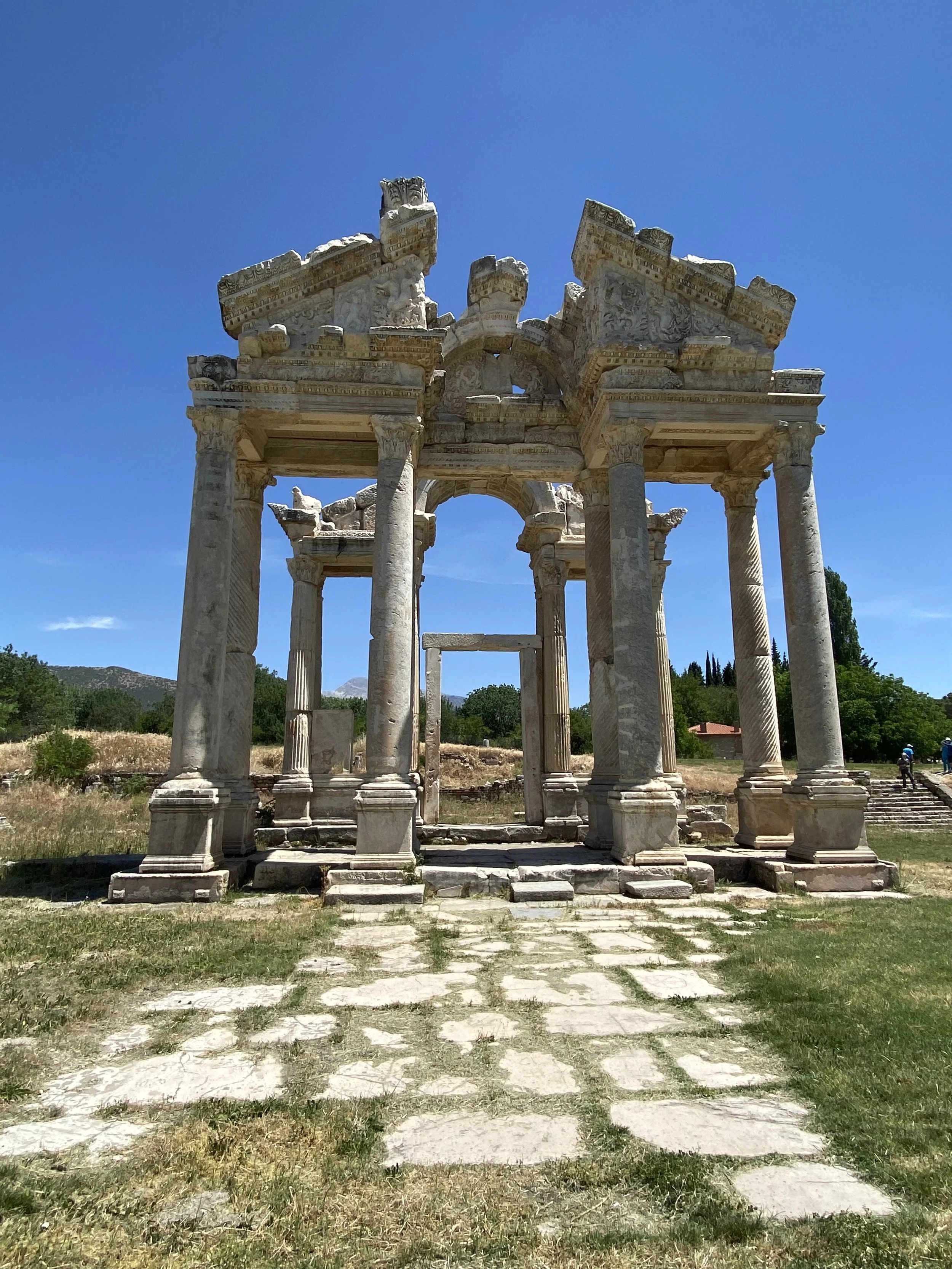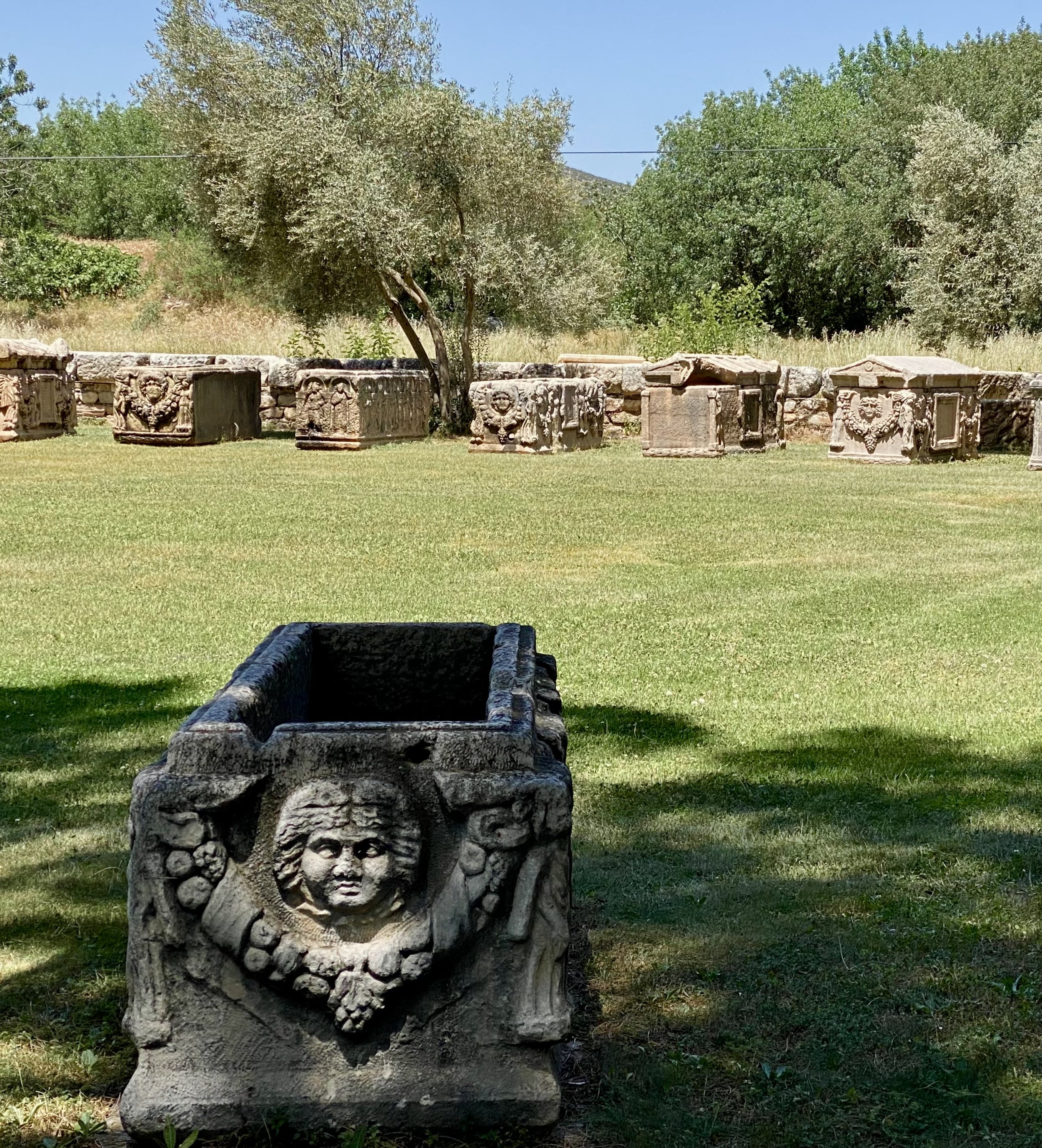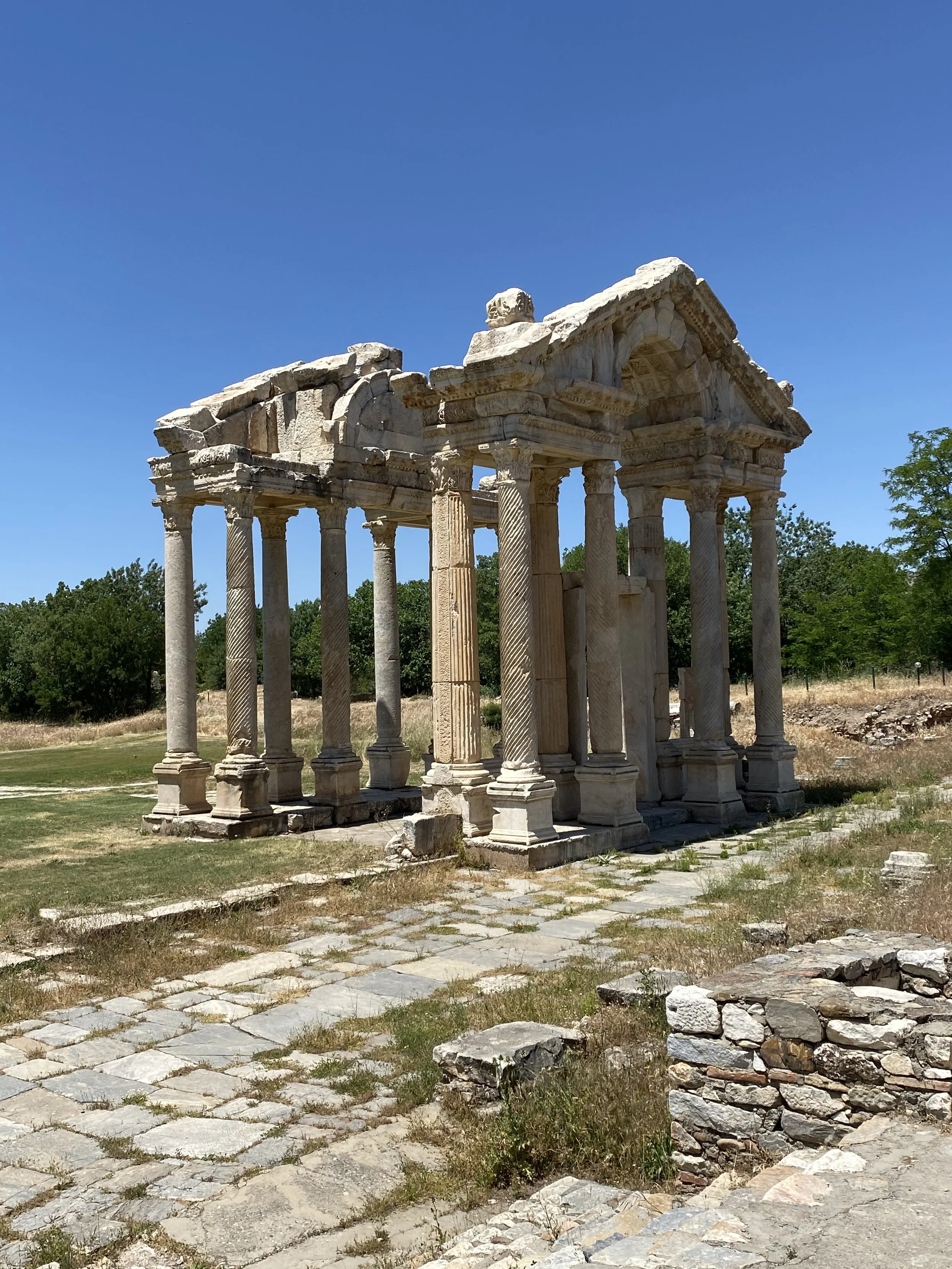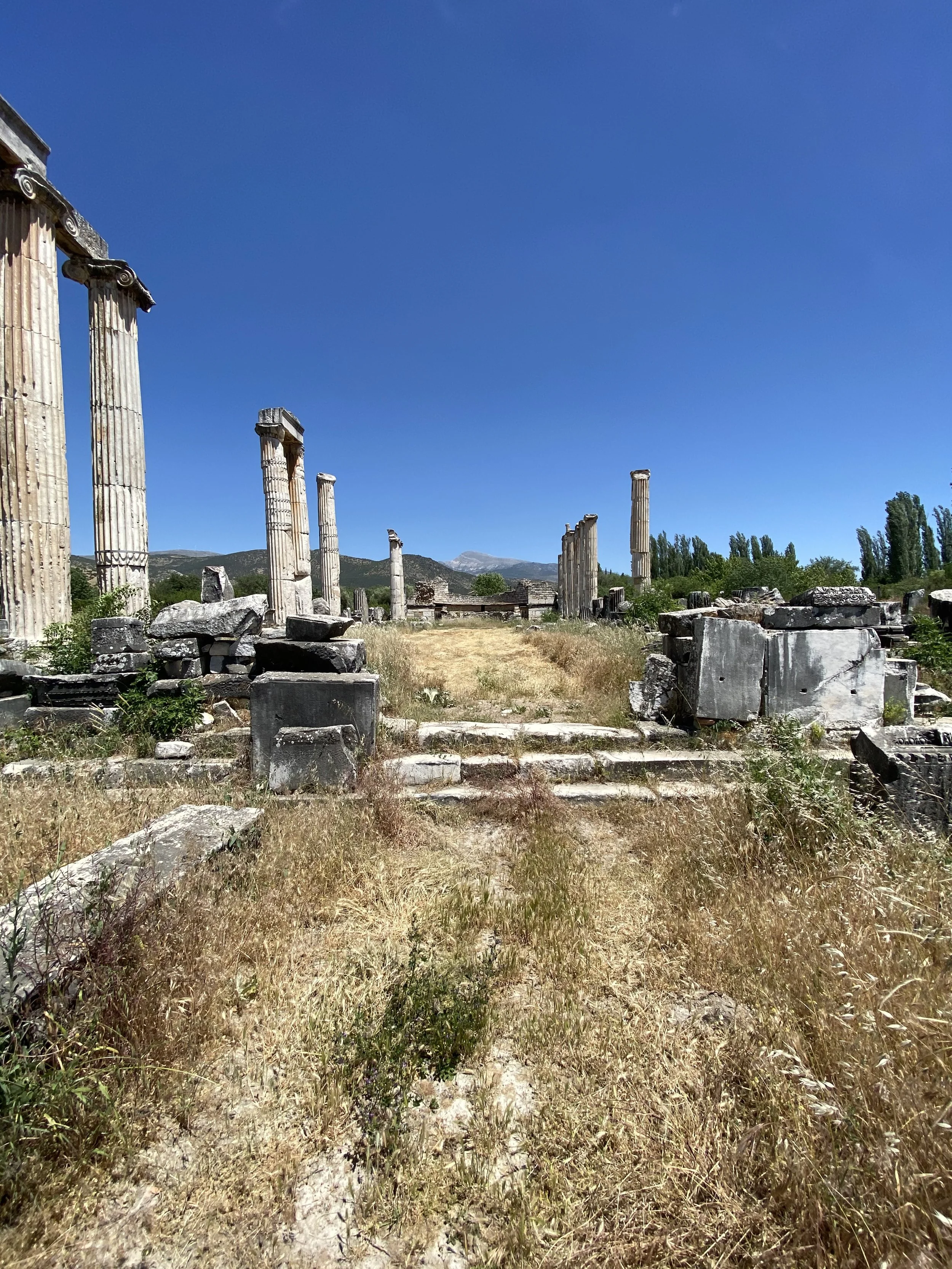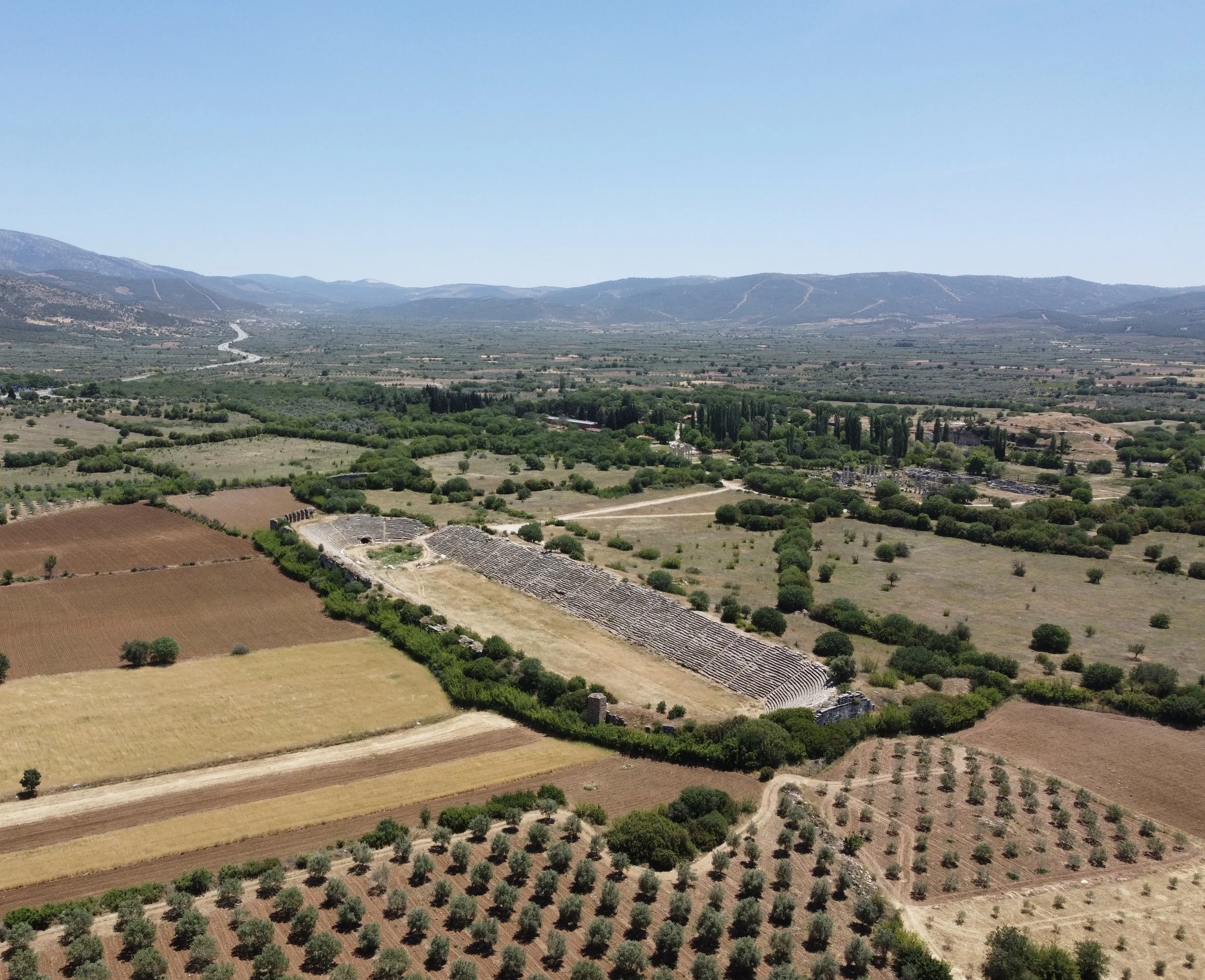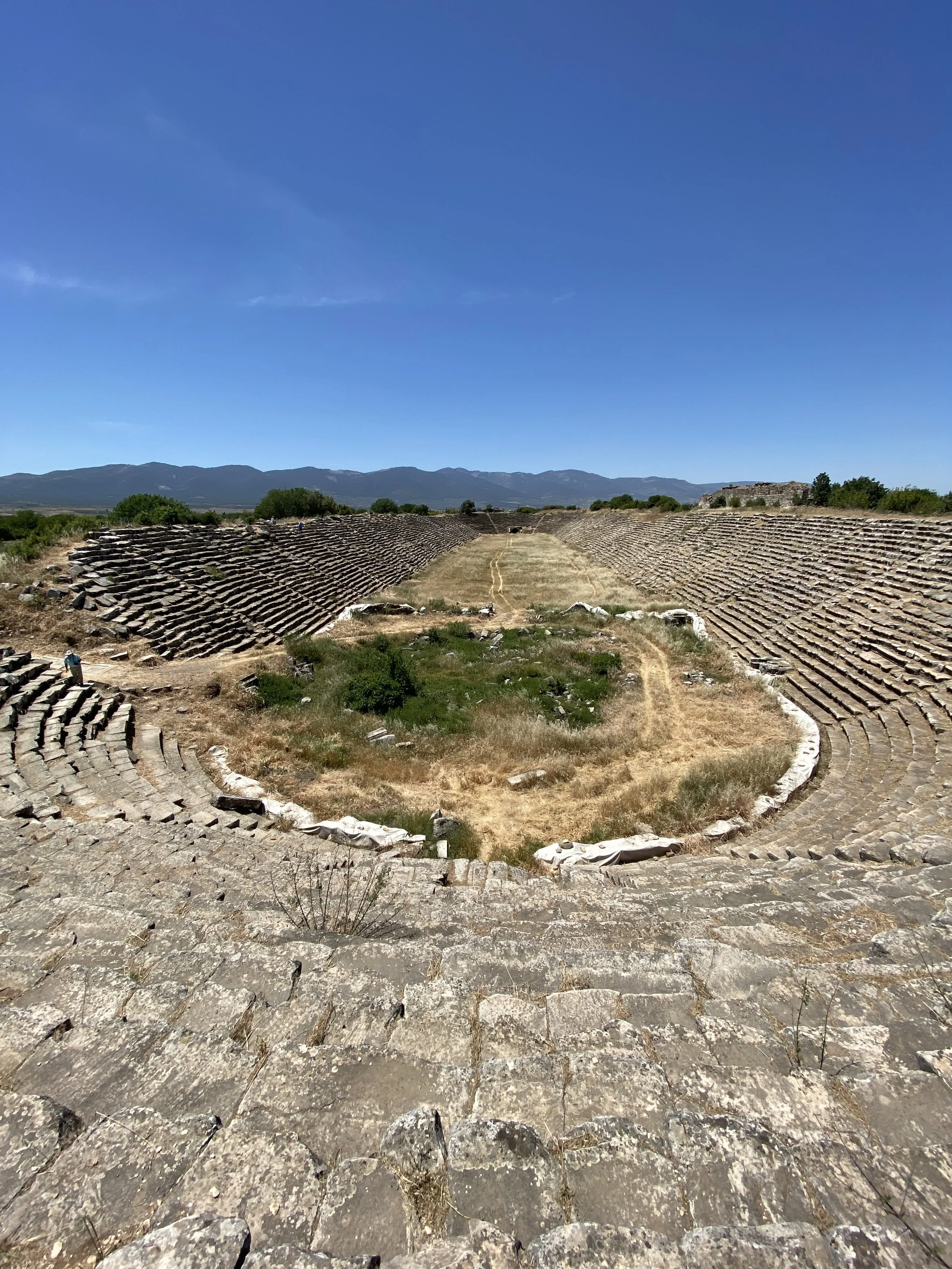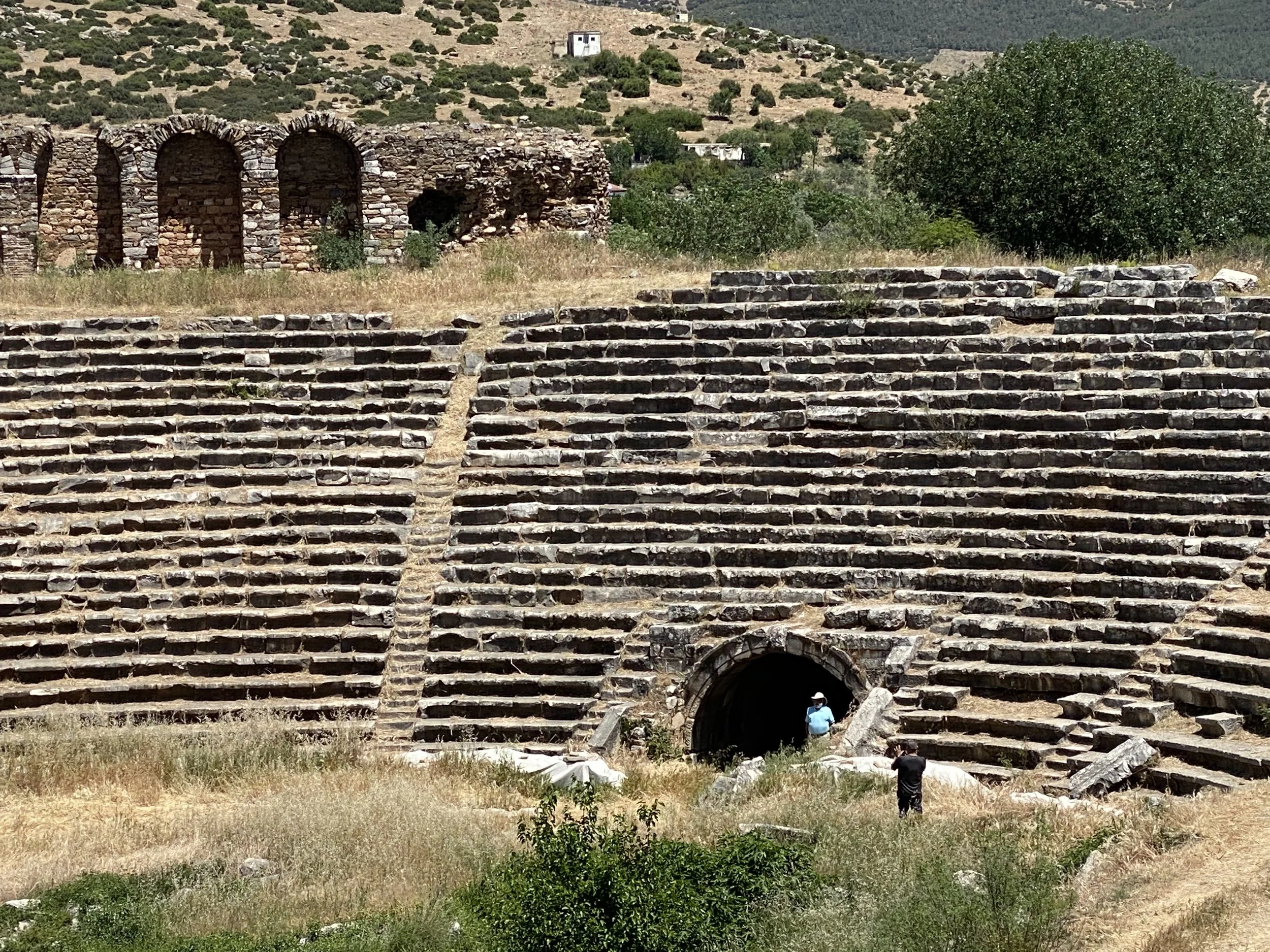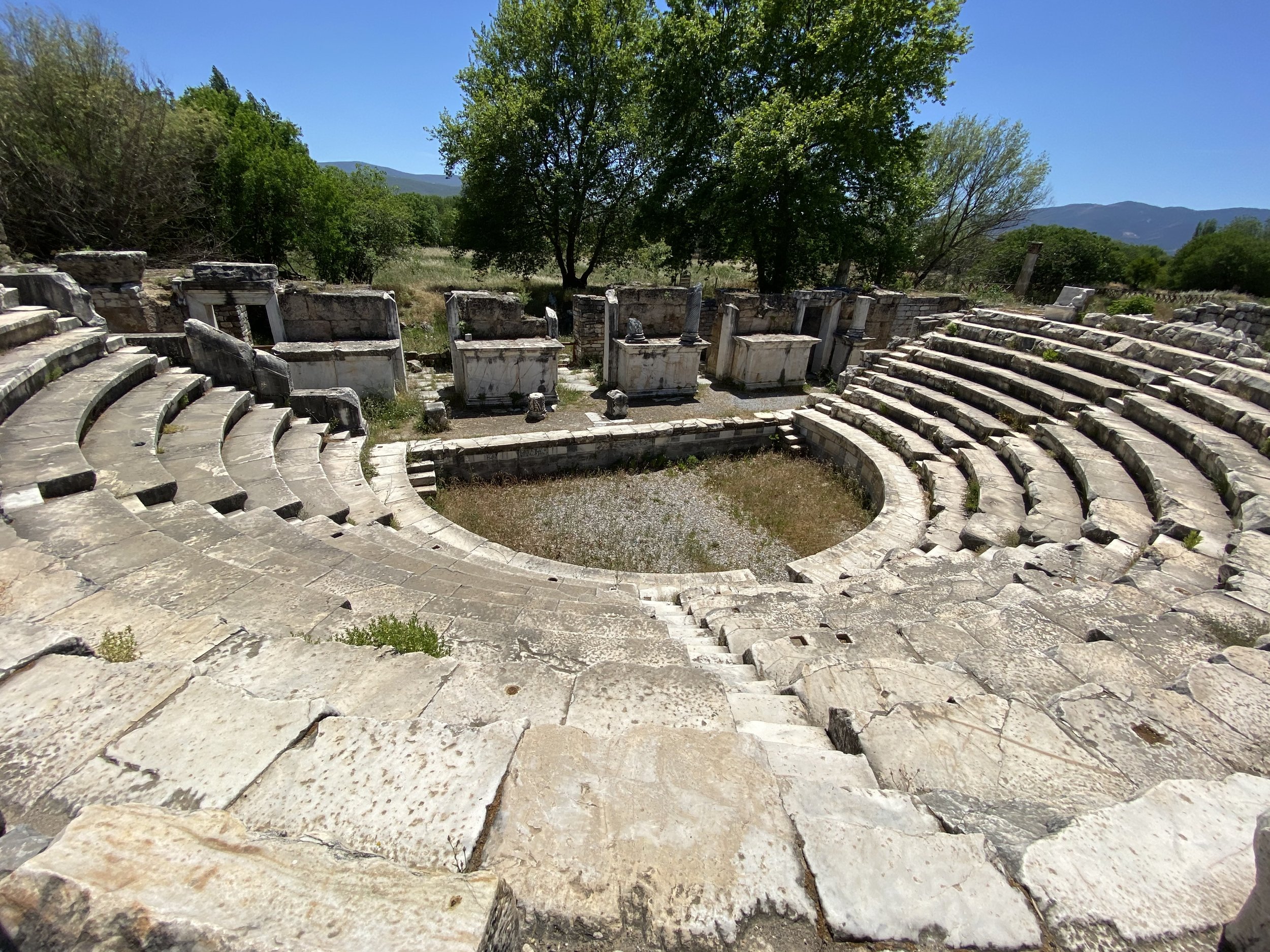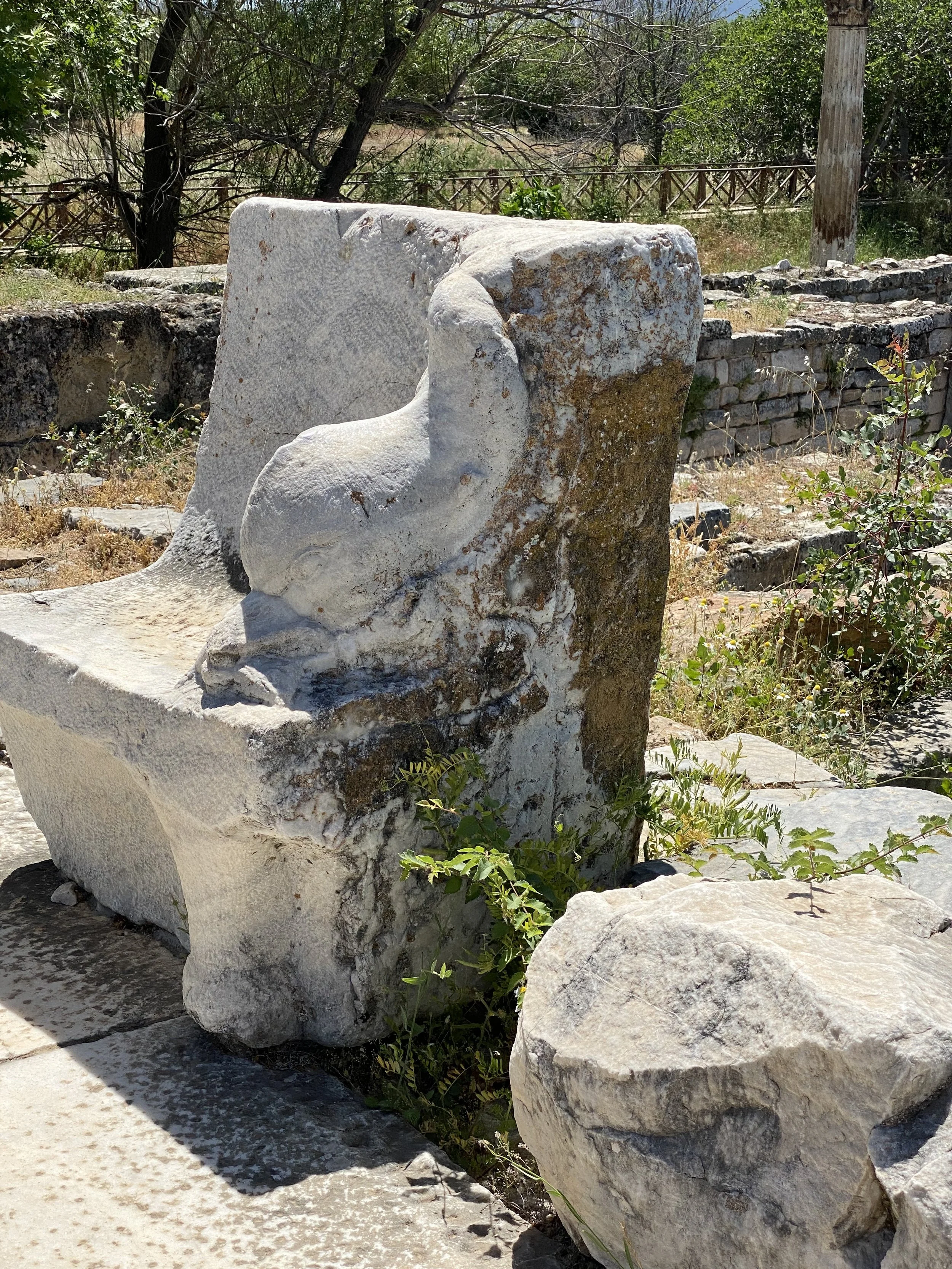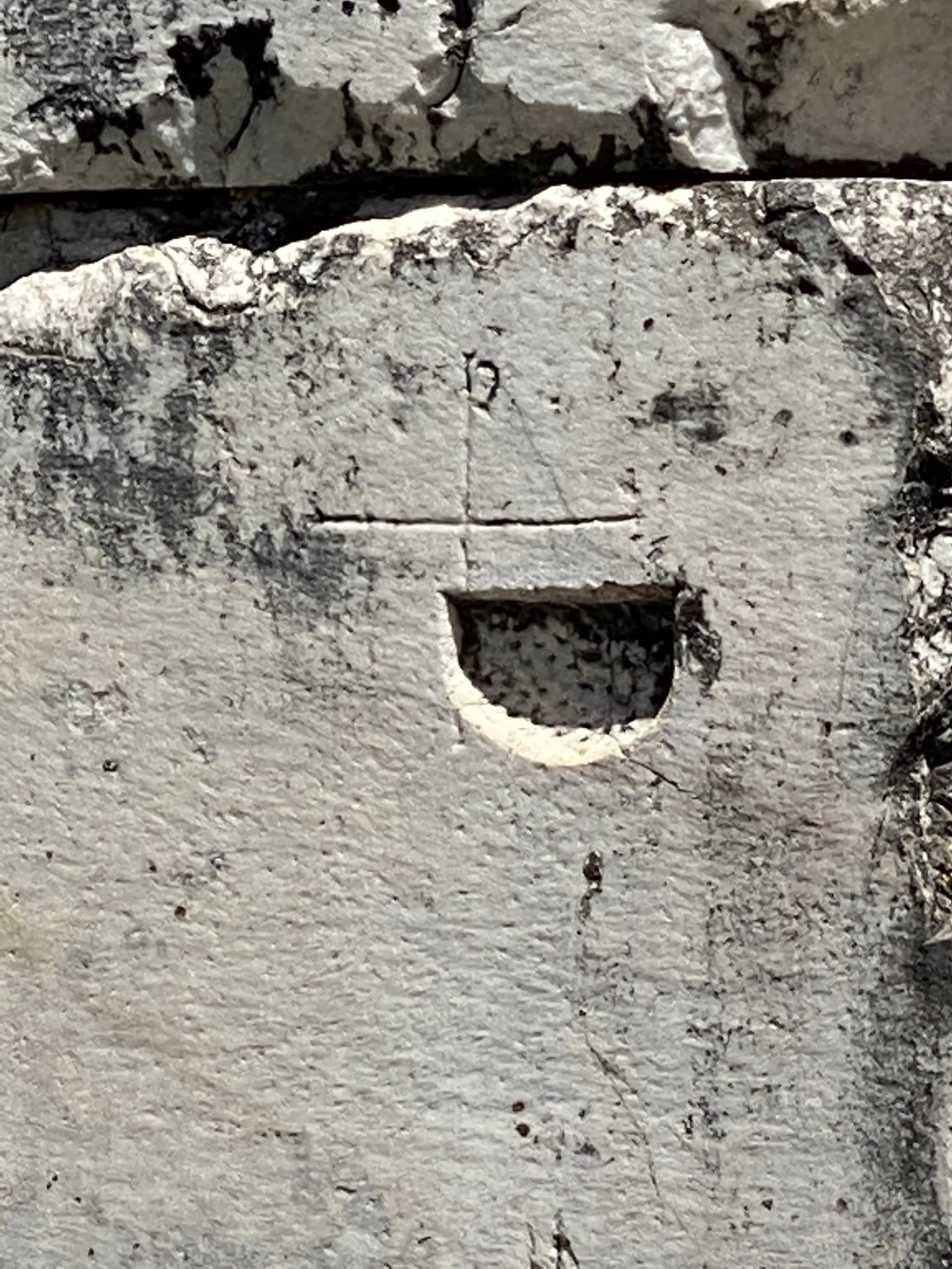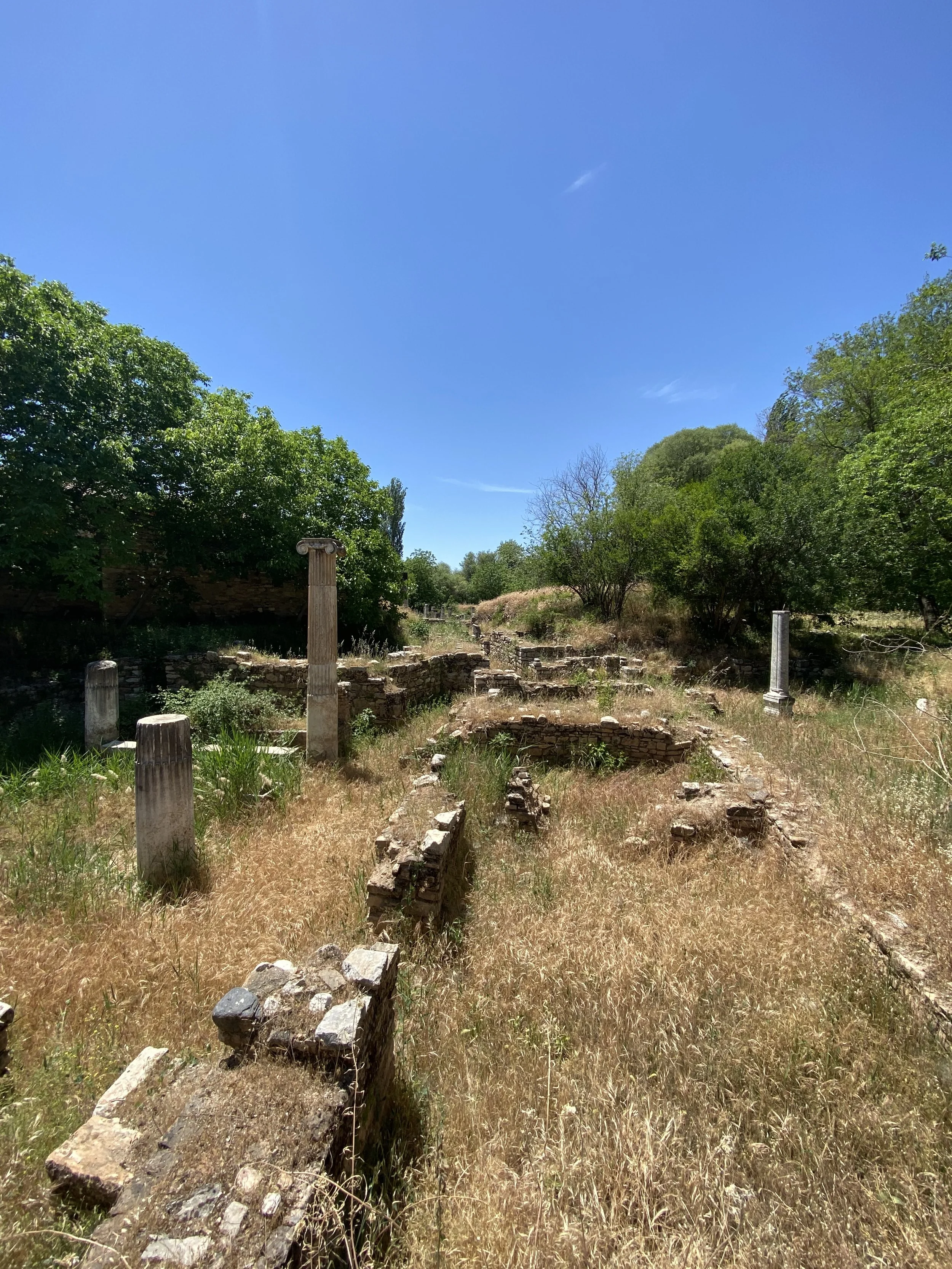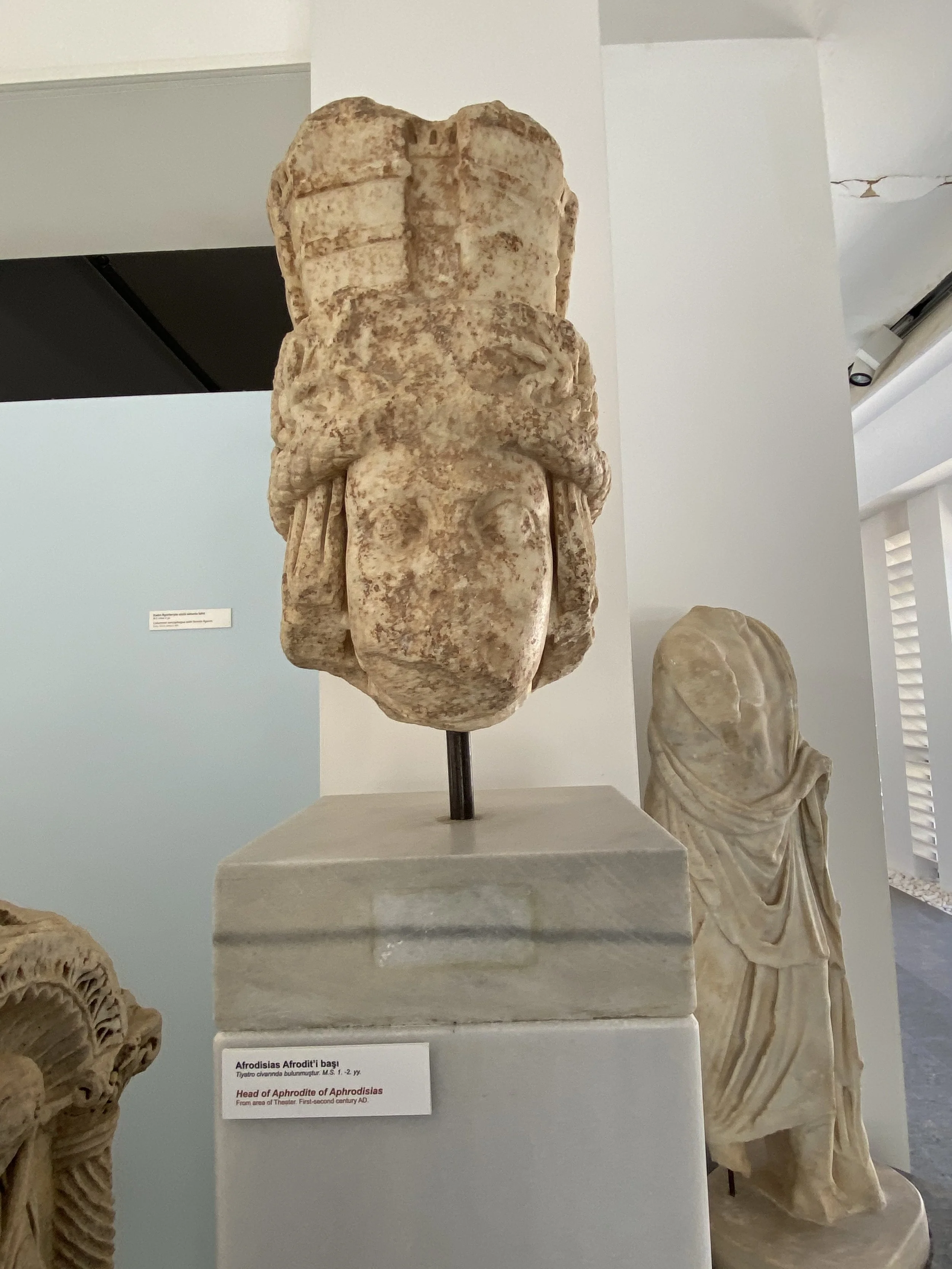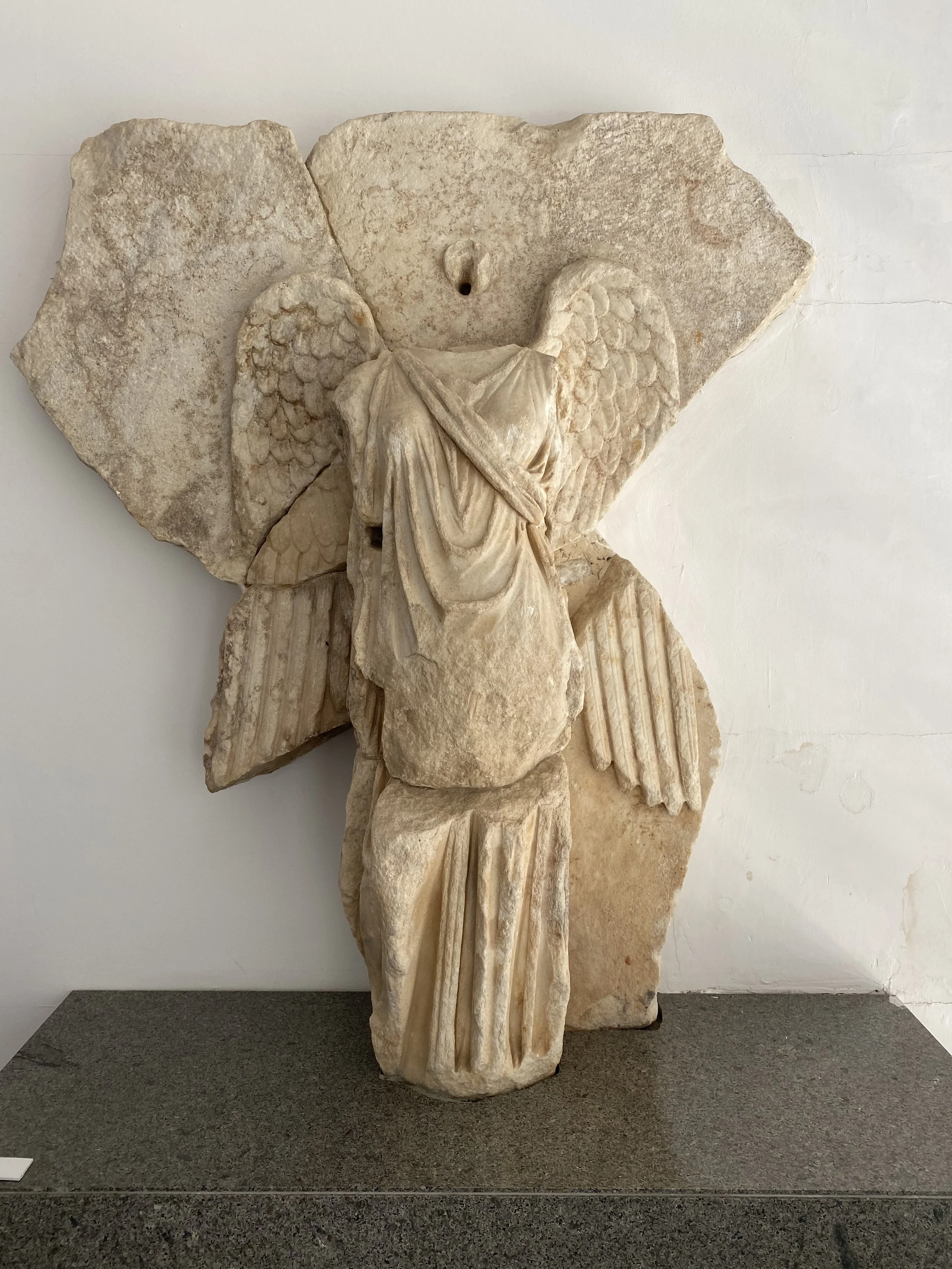Aphrodisius, Turkey
“What agreement has the temple of God with idols? For we are the temple of the living God; as God said, ‘….I will be their God and they shall be my people. Therefore go out from their midst, and be separate from them, says the Lord…’”. 2 Corinthians 6:16-17
The ancient city of Aphrodisius was founded in Asia Minor, in the ancient Caria region, in the 6th c BC and grew to a sizable city by the 2nd c BC. Historical writings show that Emperor Augustus favored Aphrodisius and its temple to Aphrodite. In the hellenistic and Roman periods, it was famous for its school of sculpture and the fine marble works of art that were sent all over the Roman Empire including Rome and Athens. Aphrodisius is full of inscribed marble. What is interesting is that pagan / Jewish / Jesus following Jews seem to have all been part of the community and holding places as prominent citizens. Inscriptions show that there was a large synagogue in the 2-4th centuries AD and that there were prominent Christian citizens. From available evidence, they do not seem to have separated themselves. Christianization happened late in this city - in spite of its proximity to cities such as Laodicea and Colossae. It wasn’t until the late 5th century AD that the temple to Aphrodite was converted to a Christian Basilica and two centuries later before the name of the city was changed to Stavropolis (City of the Cross) from the name of a pagan goddess.
It’s a gorgeous site to visit, with one of the best preserved roman stadiums anywhere. We didn’t have enough time to track down many of the inscriptions, and there is a wonderful museum showcasing sculpture created at Aphrodisius from the nearby marble quarries that we didn’t have nearly enough time for either. Definitely requires more than the 2 hours suggested by tourism websites.
The Tetrapylon - monumental gateway to the Temple of Aphrodite

